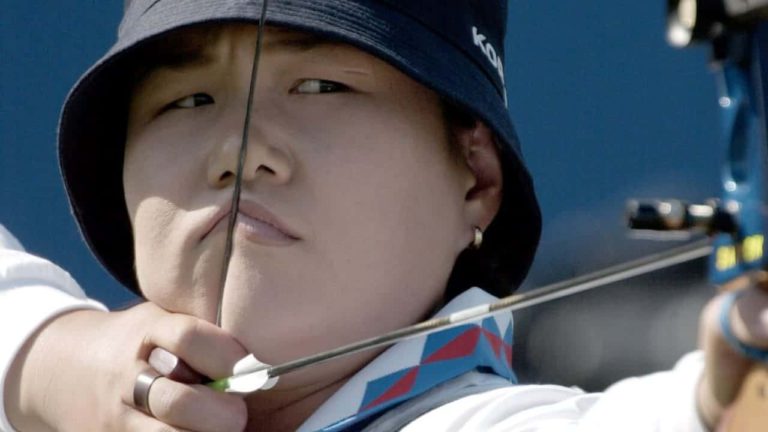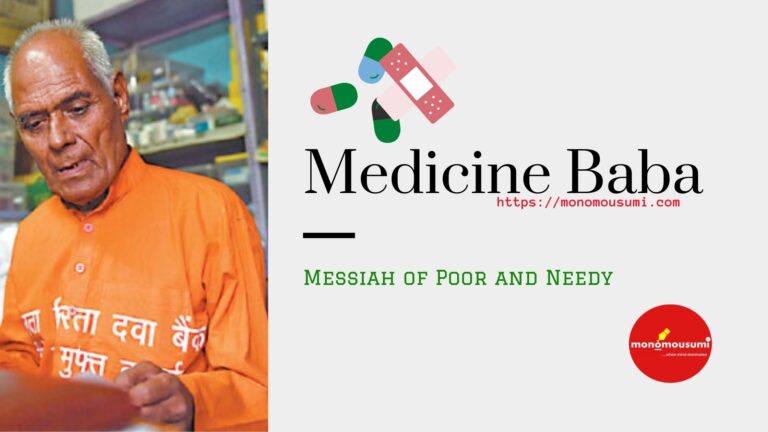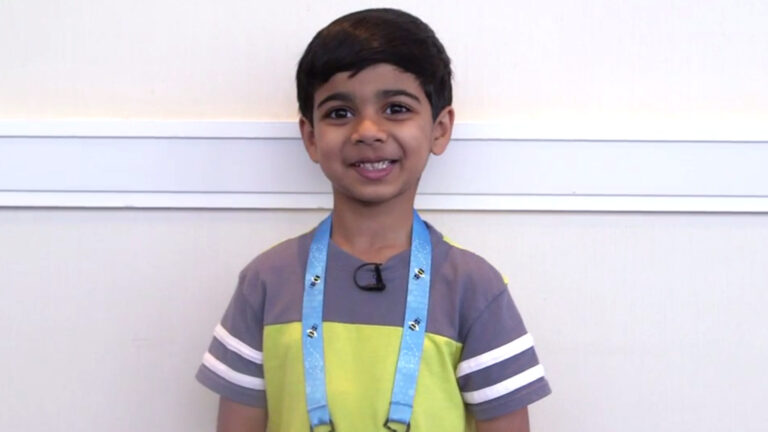
On this globe each & every individual has one inspiring person. That one such person inspired me a lot is Dr. Monkombu Sambasivan Swaminathan who is a widely known “Indian Agricultural Scientist”, “International Administrator” & “Indian Geneticist” He is eminently called as “Father of India’s Green Revolution because of his enormous contributions to the development of high-yielding varieties of wheat & rice seedlings were planted in the fields of poor farmers in the mid sixties. Too he founded the Dr. M.S Swaminathan Research Foundation, the initiate firm in back of ”Evergreen Revolution” in Indian country. Dr Swaminathan has spent his lifetime in the field of agriculture & food production; furthermore he said that backbone of the livelihood security system is Agriculture more or less 700 million people in the country & also we need to build our food security and “If Agriculture goes wrong nothing else will have a chance to go right”. Moreover he is a well wisher of the farmers and has always had their welfare in his mind. Because of that he is called as a “Pride & Glory of India”
Early & Childhood Days:
Dr. M.S Swaminathan was born on 7th August 1925 in Kumbakonom, a village in Tamilnadu state. His father Dr. M.K. Sambasivan was a surgeon & social reformer and his mother is Parvati Thangammal. Unfortunately Dr. Swaminathan lost his father at the 11th age, and then he was brought up by his uncle, Narayanaswami. At first he had his early school education at “Native High School” later he studied at “Little Flower High School” in Kumbakonom. Next he graduated with a degree in zoology in 1944. During adolescence he was strongly influenced by Mahatma Gandhi’s ideals of non-violence & self reliance. Subsequently he registered at the Coimbatore Agricultural College in Tamil Nadu. Later he joined the Indian Agricultural Research Institute (IARI) in New Delhi to earn a postgraduate degree in Cytogenetic. Then he continued his studies in the Netherlands at the Wageningen Agricultural University, Institute of Genetics. He also earned his Ph.D from the University of Cambridge. After completing further studies at Wisconsin University, he turned down the offer of professorship and decided to return to India.
Career Life:
- During the course of the year 1943 “Bengal Famine” motivated him to pursue a career in agricultural sciences. Thereby, he enrolled in “Madras Agricultural College” & completed his B.Sc. (Agricultural Science)
- Following in the year 1947, he joined the IARI (Indian Agricultural Research Institute) in New Delhi & completed his post-graduation in 1949 in genetics as well as in plant breeding. Further he received a UNESCO Fellowship and then went to Institute of Genetics in the Netherland (Wageningen Agricultural University) there, he continued his “Potato Genetics” IARI research
- Afterwards in 1950, he joined the School of Agriculture, (University of Cambridge in U.K) & in the year 1952 he earned his Ph.D
- Thereafter he became a Post Doctoral researcher at the “University Of Wisconsin” (U.S.A), at that time Dr. Swaminathan was offered a whole time faculty post at the university but he declined it & came back in 1954 to Indian Country.
- Later ever since 1954 to 1966, he was worked as a “Teacher & Research Administrator” at the “IARI” (Indian Agricultural Research Institute) then he became the Director (IARI) in 1966 to 1972, interim he was also associated with the “Central Rice Research Institute” since 1954 to 1972 at Cuttack
- Subsequently from 1972 to 1979, he was the Director General of ICAR (Indian Council of Agricultural Research)
- Then he was Principal Secretary in the “Ministry of Agriculture & Irrigation” under Government of India from 1979 to 1980. Further he also acted as “Deputy Chairman of Planning Commission” in mid 1980 of India
- Thereupon from 1980(June) to 1982 (April), he was a member of “Planning Commission” (Agriculture, Rural Development, Science & Education) of India. At the same time he was also “Chairman” (Science Advisory Committee) of our country
- Next in the year 1981, he became the “Chairman” (Working Group on Control of Blindness & Leprosy).
- Course of the year 1981 to 1982, he was a “Chairman” (National Biotechnology Board) and from 1981 to 1985, he was “Independent Chairman” of FAO (Food & Agriculture Organization) Council
- By the year 1982(April) to 1988 (January), he was Director-General of IRRI (International Rice Research Institute) in Philippines. Behind in the year 1988 to 1989, he was a Chairman of “Steering Committee for Environment & Forestry of the Planning Commission”.
- Later on 1988 to 1996, he was a “President” (World Wide Fund for Nature India), between the years 1984 to 1990, he was a “President” of the International Union for Conservation of Natural Resources & Nature
- As from 1986 to 1999, he was Chairman of the editorial advisory board (World Resources Institute) Washington. Moreover he conceived the first “World Resources Report”. Then in 1988 to 1999, he was a “Chairman” (Commonwealth Secretariat Expert Group) and organized the “Iwokrama International Centre for Rainforest Development & Conservation”
- During the year 1988 to 1998, he was Chairman of various committees of the Government of India to prepare draft legislations related to Biodiversity Act
- Over the years 1989 to 1990 he was the chairman of Committee for High Level Committee for the review of the Central Ground Water Board & the preparation of a National Environment Policy under Government of India
- There from 1993 to 1994 he was the Chairman of Expert Group for the preparation of a draft National Population Policy
- Later in 1994 onwards he was the Chairman of Commission on Genetic Diversity of the World Humanity Action Trust & also a Chairman of the Genetic Resources Policy Committee of the Consultative Group on International Agricultural Research.
- After that from 1994 to 1997, he was Chairman of “Committee for Research on Agricultural Exports” in the context of the World Trade Agreement, Government of India & in 1996 to 1997; he was Chairman of Committee to “Restructure Agricultural Education” in India
- Then he was Chairman of Committee on Remedying Regional Imbalances in Agriculture in 1996 to 1998 at Indian Government
- During the years 1999, he implemented the Gulf of Mannar Biosphere Reserve Trust
- Then 2000 to 2001 he was Chairman of the Tenth Plan Steering Committee in the area of Agriculture and allied sectors & from 2002 to 2007, he was the President (Pugwash Conferences) on Science & World Affairs
- Since the year 2004, he was Chairman of the Task Force for a National Policy for Agricultural Biotechnology & from 2004 to 2006, he was Chairman of the National Commission on Farmers in Indian Government
- Later in 2005, he was Chairman of the Expert Group for a Review of Coastal Zone Regulation, & Chairman of the Task Group on Revamping and Re-focusing National Agricultural Research System
- By the year April 2007, he was nominated to Rajya Sabha
- Between the year August 2007 to May 2009 & August 2009 to August 2010, he was a member of Committee on Agriculture. After that from August 2007 onwards he has been a member of the Consultative Committee for the Ministry of Agriculture, Professor in Ecotechnology for Asia at Centre for Advanced Study in Botany, University of Madras
- Furthermore from August 2010 onwards, he has been a member of the Indian Council of Agriculture Research Society
- Like this from September 2010 onwards, he has been a member of the Committee on Science and Technology, Environment and Forests in Indian Government
- Presently, he is also a member of the Leadership Council of Compact 2025, an organization that guides decision-makers at eradicating malnutrition in the forthcoming years
Achievements:
Dr. Swaminathan’s, overpopulated homeland was importing vast amounts of grain. Then he said that roughly 70% of our people were employed in agriculture in India. Yet “Importing food was like importing unemployment,” By the year 1966, Swaminathan was Director of the “Indian Agricultural Research Institute” in New Delhi, spending his time in fields with farmers trying to help improve their productiveness. At that time fertilizers were a deadlock: when the wheat plant’s pod grew more seeds, its stalk collapsed under the weight. With help from the “Rockefeller Foundation”, Dr. Swaminathan found a cross-breed of wheat seed, Part-Japanese & Part-Mexican, which was both staunch & fruitful. Later he used this plant to an Indian Variety to produce the golden colored grain favored by Indian People. But that was the breakthrough in the Green Revolution, & there was a lot more work to be done. Likewise Indian farmers, immersed in traditional ways, had to be convinced to grow the new wheat variety. Since 1966 Dr. Swaminathan make two thousand model farms in villages outside Delhi to show peasants what his seed could do, notwithstanding it is the toughest work to do he needed the government aid, to import eighteen thousand tons of the Mexican seed & he meet lobbied then-Prime Minister Lal Bahadur Sastri & he recalls “Famine was imminent & the first with the new seeds was 3 times greater than the past years. Although the “Green Revolution was standstill. Just only Punjab state had the right irrigation for the new technologies. Also new “Fertilizers & Pesticides” were needed, along with credit lines for small scale producers. Too he needed Government help to solve that tangle of problems & received later. Today India grows some 70 million tons of wheat a year compared to 12 million tons in the early 1960. By and By he believes farmers must adopt more eco-friendly methods. He created a wheat plant by intermingling seeds from Mexico with a local species that yielded plentiful grains compared to traditional varieties; thereby the imminent famine was averted not only in India but also throughout Asia continent. As also did agricultural yields improve, but also scientific advances in agriculture were introduced and used by the small scale producers. Moreover Dr. Swaminathan is an honorary member of 14 important International Scientific Councils including the Royal Society of London, multitudinous Universities have conferred doctorate on him. Too in 1949 his professional career began. Over the period from 1949 to 1955, he undertook research on “Potato, Wheat, Jute, & Rice genetics”. After which he worked on Mexican dwarf wheat varieties and established the “National Bureau of Plant”, “Animal and Fish Genetic Resources of India” & “International Plant Genetic Resources Institute”, besides serving as the Principal Secretary in the “Ministry of Agriculture”, in Indian Government. During the year 1972, he was awarded “Padma Bhushan”.
Father of Economic Ecology:
Apart from that he was awarded the “First World Food Prize” in the year October 1987 and has been described as “the Father of Economic Ecology” by the United Nations Environment Programme. Further being one of three Indians to be included in TIME Magazine’s 1999 list of the “20 most influential Asian people of the 20th century”, along with Rabindranath Tagore & Mahatma Gandhi. In addition he has many books to his credit such as “Sustainable Agriculture”, “Gender Dimensions in Biodiversity Management, Agro biodiversity” & Farmers’ Rights etc
Recognition & Awards:
- He is the receiver of national honors like Padma Shri in 1967, Padma Bhushan in 1972 & Padma Vibushan in 1989, more or less he has received over seventy honorary Ph.D degrees from all parts of the universities in the world
- He has received several awards for his contribution to the field of Agricultural Science in 1971 he received prestigious “Ramon Magsaysay Award” for Community Leadership, in 1986 he honored with the Albert Einstein World Science Award, the UNESCO Mahatma Gandhi Prize in 2000, and in 2007 he received “Lal Bahadur Sastri National Award”
- In 1971 for his pioneering work in wheat he is honored with “The Borlaug Award”
- In the year 1987 the Philippines president honored Dr M.S. Swaminathan with “The Golden Heart Presidential Award”
- Later in 1999 Dr M.S. Swaminathan received the Volvo Environment Prize
- In the year 2000 he received the Indira Gandhi Prize for Peace, Disarmament and Development & also be awarded with The Planet and Humanity Medal of the International Geographical Union
- Too Dr M.S. Swaminathan is also the primary receiver of the Award instituted by the Association for Women in Development from Washington & in 1986 he was honored with “Krishi Ratna Award”
- During the year 1991 he was awarded with “Tyler Prize & Honda Prize for Environmental Achievement
- In 1994 he received “UNEP Sasakawa Environment Prize”
- Afterwards in 1995 he received Global Environmental Leadership Award”
- At present Dr M.S. Swaminathan holds the UNESCO Chair in Eco-technology & also the chairman of Dr M.S. Swaminathan Research Foundation, in Chennai (Tamilnadu)
Throughout his life span Dr. Swaminathan worked evermore towards a vision of a world in which there were no hungry/ pathetic people. Likewise he also did great work with the concept of sustainable development, especially with eco-friendly techniques of agriculture, biodiversity conservation & food availability. Beyond that the word “impossible” is not in the dictionary of “Dr M.S. Swaminathan”. Not only had that he studied genetics to help the “Indian Poor Farmers” to produce enough grain to feed their populace, far too he has achieved what he has dreamt for India. Nevertheless in the year 1950 a promising scholastic career awaited him in the U.S.A but he refused to settle there because he has a passion, & focused work to improve the lives of his countrymen so much. Besides Dr. Swaminathan’s vision transformed India from a “begging bowl” to a “breadbasket” almost overnight in this world & as much as Dr. Swaminathan teaches and inspires younger scientists in all over the country. Even so Dr. Swaminathan trusts in work, not in fame this is why he never came into so much limelight to the outer world.
By J. Vaisali, Sivakasi


